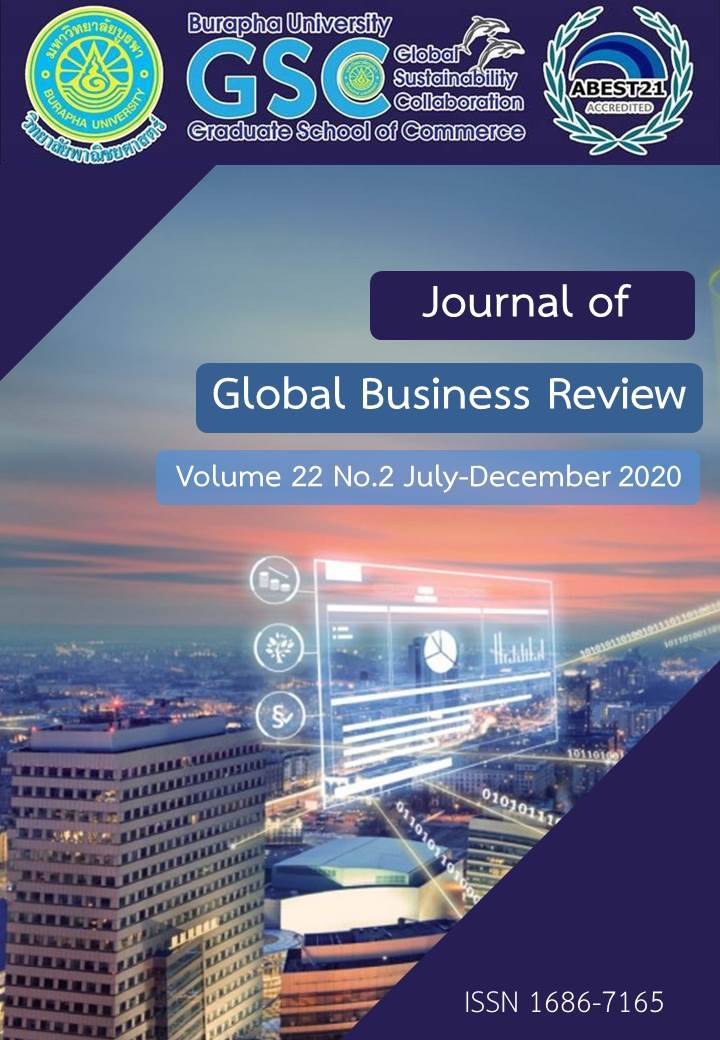QUALITY OF WORKING LIFE OF INDUSTRIAL EMPLOYEES CASE STUDY : INDUSTRIAL ESTATES IN RAYONG PROVINCE
Main Article Content
Abstract
The research on a quality of working life of industrial employees in industrial estates of Rayong province aims at studying and comparing quality level of working life of industrial employees in industrial estates of Rayong province. This research was conducted through a quantitative method. Questionnaires composed of questions related to quality of life in 13 aspects were used as research tool for collecting information from the sample group comprising 384 industrial employees in industrial estates of Rayong province. The questionnaires were collected for an analysis to find out statistical values such as mean, standard deviation, etc. The research hypotheses were statistically tested by Independent Sample t-test, and Analysis of Variance (ANOVA).
Based on findings, the quality of working life based on opinion of industrial employees in industrial estates in Rayong province, was at moderate level. The aspect gaining the highest average value was working environment whose average value was at high level, followed by organizational pride, leadership and authority granted to employees, creativity in work, sufficient resources for work, career improvement: career growth and stability, fair administrative system, job satisfaction, good relationship building in organization, total life space, freedom at work, fair wage/salary, appropriate fringe benefit and allowance, and training for potential and ability improvement, respectively. Considering differences of personal factors, the employees having different age range and work experience had different level of working life quality at significance level of 0.05, whilst other personal factors, namely, gender, marital status, educational background and monthly income did not have any statistical difference on quality of working life.


